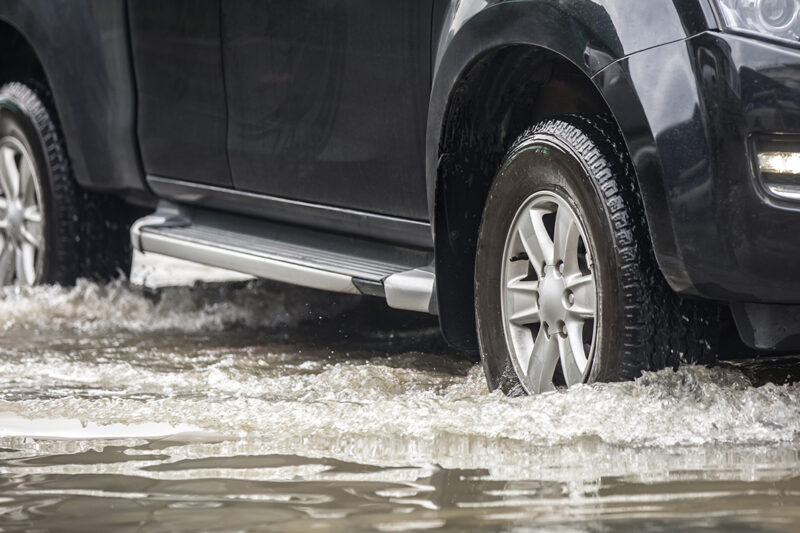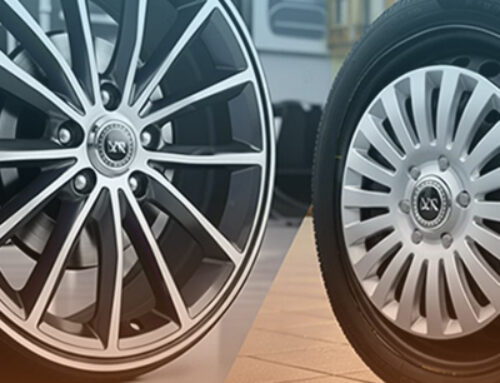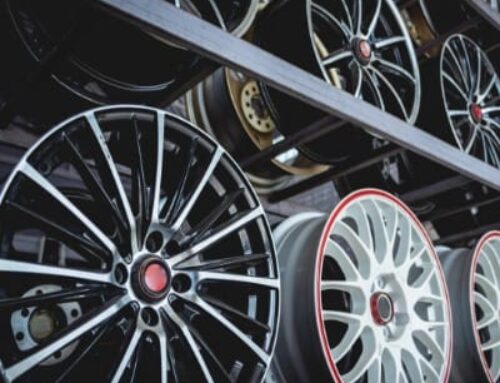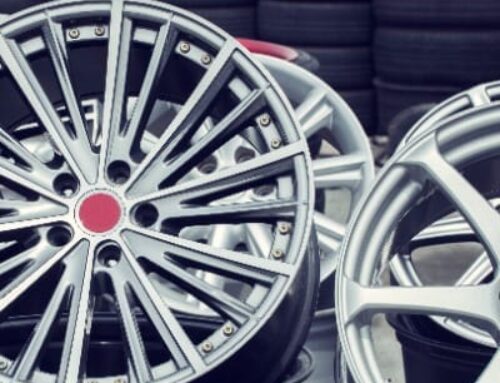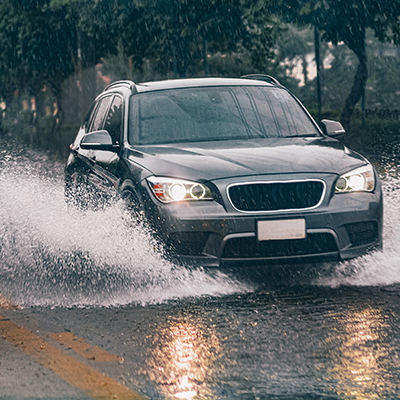
To Avoid Hydroplaning While Driving in Rainy Conditions You Should
A Silent Risk on Wet Roads
Did you know that hydroplaning can occur at speeds as low as 35 mph if your tires are worn and the road is wet enough? This silent hazard is responsible for thousands of accidents every year, especially during sudden rainstorms. Hydroplaning, or aquaplaning, occurs when your tires lose contact with the road surface and glide over a layer of water, making it nearly impossible to steer or brake effectively.
To avoid hydroplaning while driving in rainy conditions you should understand what causes it, how to prevent it, and how to respond if it happens. In this article, we break it all down so you can stay safe behind the wheel.
What Is Hydroplaning?
Hydroplaning happens when a vehicle’s tires encounter more water than they can disperse. The water pressure causes the tires to lift and slide across the surface of the water rather than gripping the road. This results in a complete or partial loss of traction, leading to a loss of control over the vehicle.
Common Causes Include:
-
Driving at high speeds on wet roads
-
Worn or underinflated tires
-
Poor road drainage or accumulation of water
-
Sharp turns or sudden braking in rainy conditions
Risk Factors That Increase the Chance of Hydroplaning
To avoid hydroplaning while driving in rainy conditions you should be aware of the specific elements that increase your vulnerability:
1. Excessive Speed
The faster you drive, the less time your tires have to scatter water. At high speeds, even good tires can fail to maintain contact with the road.
2. Worn Tires
Bald or nearly bald tires can’t channel water away effectively. Tread depth is essential for water evacuation.
3. Incorrect Tire Pressure
Over- or under-inflated tires change the shape of the tire’s footprint, reducing traction.
4. Shallow Tread Depth
Treads help water escape from under the tires. If they’re too shallow, hydroplaning risk increases dramatically.
5. Poor Road Conditions
Pavement with dips, uneven surfaces, or inadequate drainage makes it easier for water to pool and increase the risk of hydroplaning.
Essential Tips to Avoid Hydroplaning While Driving in Rainy Conditions
To avoid hydroplaning while driving in rainy conditions you should follow these safety strategies every time you’re on a wet road:
-
Slow Down: Reduce your speed by at least 10–15 mph when roads are wet. Even if you’re in a rush, it’s better to arrive safe than not at all.
-
Check Your Tires Regularly: Ensure your tires have a tread depth of at least 4/32 of an inch and are properly inflated according to your vehicle’s specifications.
-
Avoid Sudden Movements: Steer and brake gently. Abrupt turns or hard braking can trigger loss of traction.
-
Don’t Use Cruise Control: In the rain, cruise control can delay your reaction time. It’s best to stay in full control of the car.
-
Drive in the Tracks of the Car Ahead: The vehicle ahead has already cleared some water from the road surface, providing a slightly drier path.
-
Avoid Standing Water: Puddles and flooded road edges are prime hydroplaning zones. Change lanes safely or steer around them when possible.
-
Stay Calm: If conditions are extreme, pull over in a safe area until visibility and traction improve.
What to Do If Your Vehicle Starts to Hydroplane
Even with precautions, hydroplaning can still happen. Here’s how to regain control:
✅ DO:
-
Stay calm and avoid sudden reactions
-
Ease off the accelerator gently
-
Steer in the direction you want to go
-
Allow the tires to regain contact with the road before braking
❌ DON’T:
-
Do NOT slam the brakes
-
Do NOT yank the steering wheel
-
Do NOT panic
These actions can cause you to spin or completely lose control.
Frequently Asked Questions (FAQ)
✅ At what speed does hydroplaning occur?
➡️ Hydroplaning can begin at speeds as low as 35 mph, especially with bald tires or significant water on the road.
✅ Is hydroplaning dangerous?
➡️ Yes. It can lead to total loss of vehicle control, increasing the risk of serious crashes.
✅ Can hydroplaning cause serious accidents?
➡️ Absolutely. Many highway accidents during rainy weather are caused by hydroplaning.
✅ What tires are best for preventing hydroplaning?
➡️ Tires with deep treads and channels designed to disperse water—look for those rated well in wet traction.
✅ What should I do after hydroplaning?
➡️ Once you regain control, reduce your speed, check your tires and brakes, and consider pulling over if conditions worsen.
To avoid hydroplaning while driving in rainy conditions you should slow down, keep your tires in top shape, avoid puddles, and always stay alert. Wet roads don’t forgive negligence—your safety and that of others depend on how prepared you are when the skies open up.
Drive smart. Drive safe. And always respect the rain.

